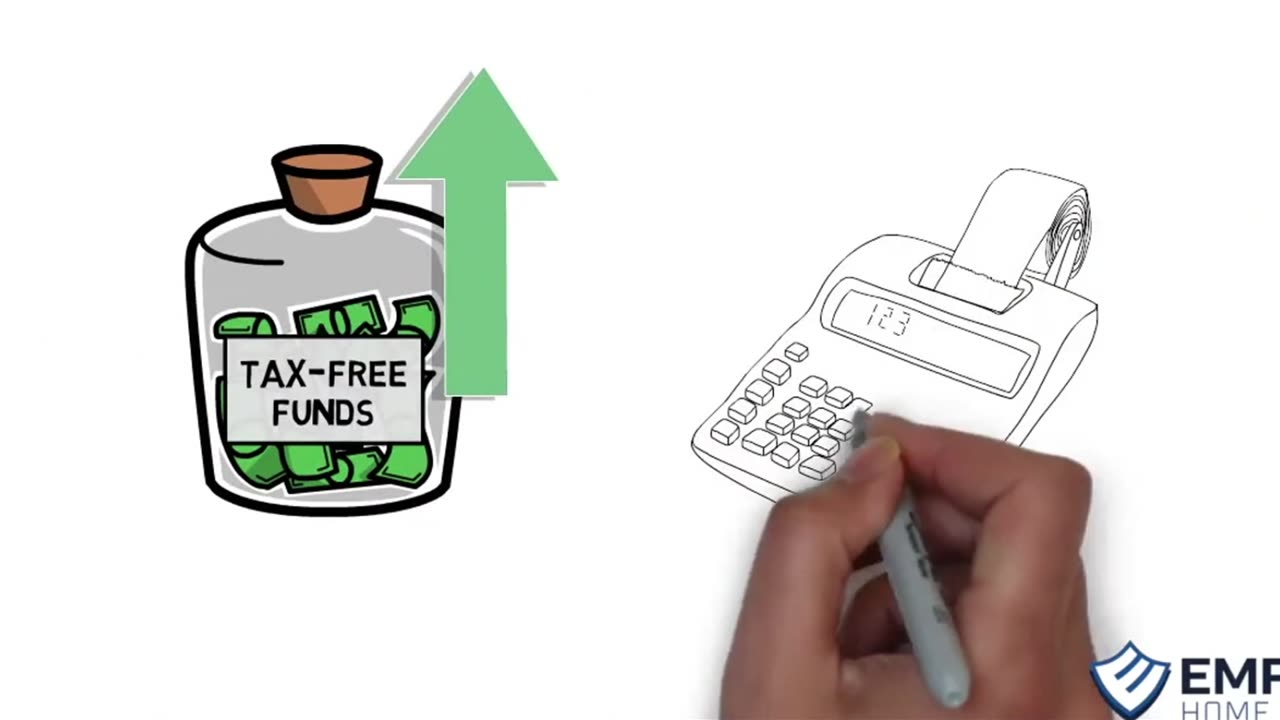Premium Only Content

How Do Reverse Mortgages Increase Cash Flow?
Reverse mortgages allow you to tap into the equity of your home and turn it into cash flow. Unlike traditional mortgages, where you make monthly payments to the lender, a reverse mortgage works the other way around—the lender pays you. This can greatly improve your cash flow, especially during retirement.
Understanding Reverse Mortgages:
A reverse mortgage is available to homeowners aged 62 and older. The most common type is the Home Equity Conversion Mortgage (HECM), which is backed by the Federal Housing Administration (FHA). To qualify, you must live in the home as your primary residence, have significant equity in the home, and meet other FHA requirements.
How Reverse Mortgages Work:
Once approved for a reverse mortgage, you can choose to receive the money in several ways:
Lump Sum: A single, large payment.
Line of Credit: Access funds as needed, which can also grow over time.
Monthly Payments: Regular payments for a set period or as long as you live in the home.
Tenure Payments: Fixed monthly payments over a set number of years.
Combination: A mix of the above options.
Increasing Cash Flow with Reverse Mortgages:
Supplementing Retirement Income: Many retirees find that Social Security benefits and retirement savings aren't enough to cover their living expenses. A reverse mortgage can provide extra cash flow, helping to fill this gap and providing more financial stability without needing to dip into retirement accounts prematurely.
Paying Off Existing Debt: If you still have a mortgage or other debts, a reverse mortgage can be used to pay them off. This means you won’t be required to make monthly mortgage payments anymore, freeing up your income for other needs and reducing financial stress.
Covering Healthcare and Long-Term Care Costs: Healthcare costs can be high as you age. A reverse mortgage can provide funds to cover these expenses without depleting your savings. You can use this money for in-home care, medical treatments, and other health-related costs, ensuring you get the care you need without financial worry.
Home Improvements and Maintenance: Keeping up with home maintenance can be expensive, especially on a fixed income. Reverse mortgage funds can pay for necessary repairs, improvements, and modifications like installing ramps or stairlifts, making your home safer and more comfortable. This can also help maintain or increase your home’s value.
Enhancing Quality of Life: With extra cash flow from a reverse mortgage, you can enjoy a better quality of life. You might travel, pursue hobbies, or spend more time with family and friends. This financial security can reduce stress and improve overall well-being, giving you the freedom to enjoy life more fully.
Emergency Fund: A line of credit from a reverse mortgage can act as an emergency fund, giving you quick access to funds for unexpected expenses like major home repairs or urgent medical needs. This can be a reassuring safety net, especially in retirement.
Conclusion:
Reverse mortgages can greatly enhance cash flow for homeowners, particularly retirees, by converting home equity into usable funds. This can supplement your retirement income, pay off existing debts, cover healthcare costs, fund home improvements, and improve your quality of life. When used wisely, a reverse mortgage can provide a powerful way to enhance financial stability and flexibility in retirement.
-
 31:13
31:13
World Nomac
21 hours agoAMERICAN visits IRAN for 10 days (this is what I found) 🇮🇷
5211 -
 1:03:55
1:03:55
The Tom Renz Show
9 hours agoBongino In At FBI & Is Factory Meat Made of Cancer?
5.04K3 -
 7:03
7:03
Dangerous Freedom
16 hours agoBest Tiny Budget Red Dot? (Honest Review - Gideon Optics Judge).
601 -
 10:32
10:32
ariellescarcella
12 hours ago"Being Trans Made Me Gay" : Hormone Science Explained
631 -
 1:02:09
1:02:09
PMG
9 hours ago $0.14 earnedTrump to BAN the COVID Vaxx?! mRNA in Your Organic Meat?! w/ Kim Bright
4293 -
 2:42:10
2:42:10
TimcastIRL
13 hours agoTrump To SHUTTER 120 IRS Offices In MASS PURGE, Democrat LEAKED Tax Info w/Mike Crispi | Timcast IRL
212K81 -
 3:21:29
3:21:29
Alex Zedra
12 hours agoLIVE! New Game | R.E.P.O
60.2K7 -
 1:52:42
1:52:42
Kim Iversen
14 hours ago💰 CHA-CHING! 💰 Trump Unveils Big Money Plans For Gaza AND America
77.2K210 -
 1:05:28
1:05:28
Flyover Conservatives
1 day agoUkraine’s Dirty Secret: The Christian Persecution No One Wants to Talk About - Alex Newman | FOC Show
76.8K26 -
 2:00:20
2:00:20
Glenn Greenwald
19 hours agoThe View from Moscow: Key Russian Analyst Aleksandr Dugin on Trump, Ukraine, Russia, and Globalism | SYSTEM UPDATE #414
185K74